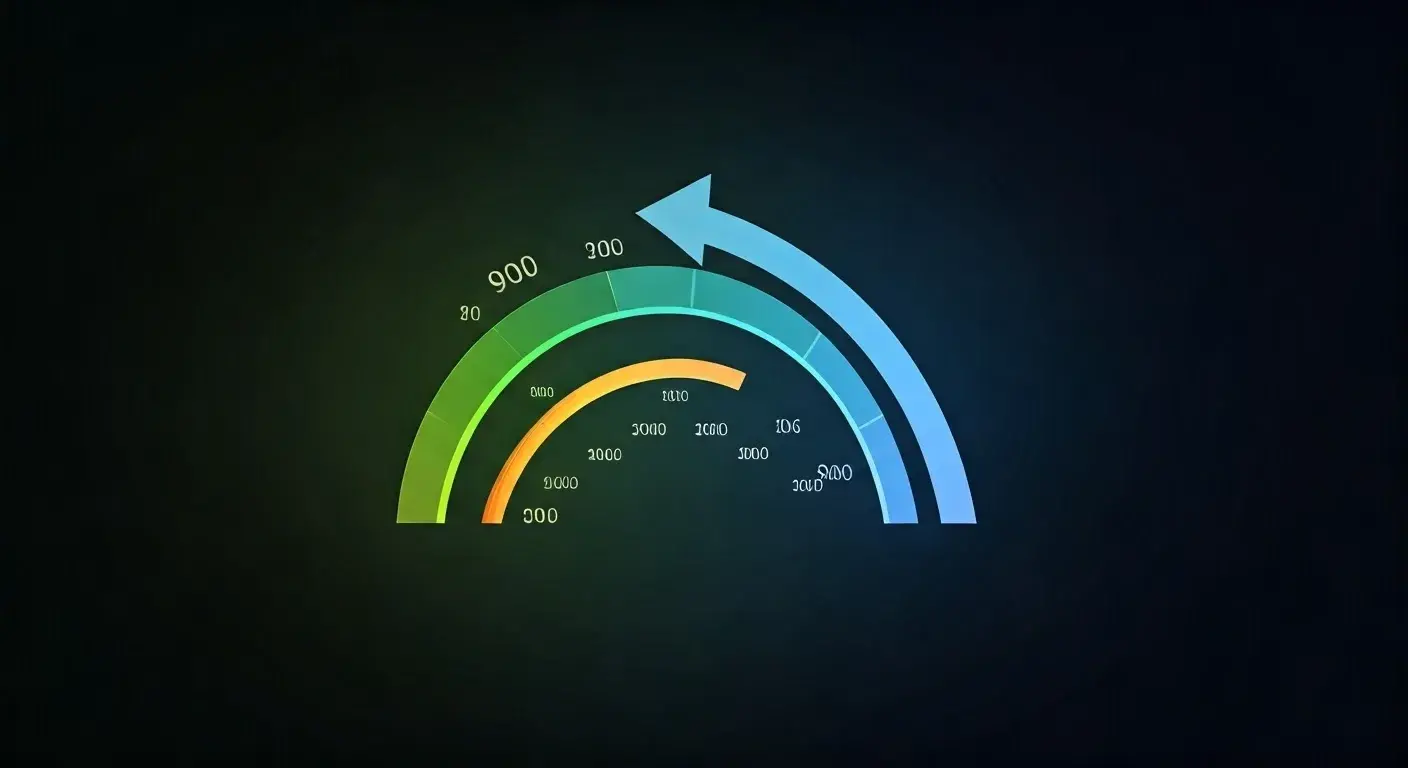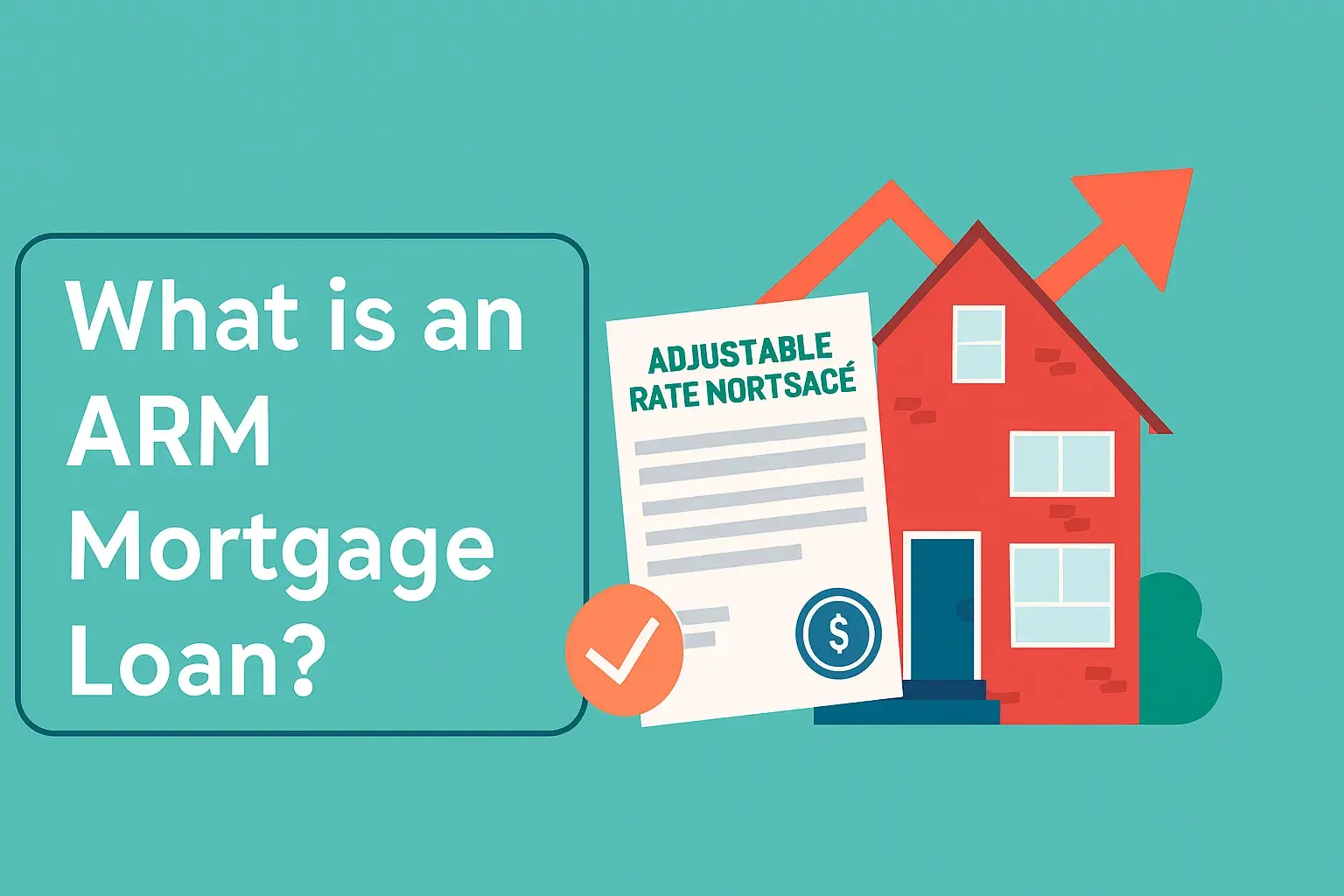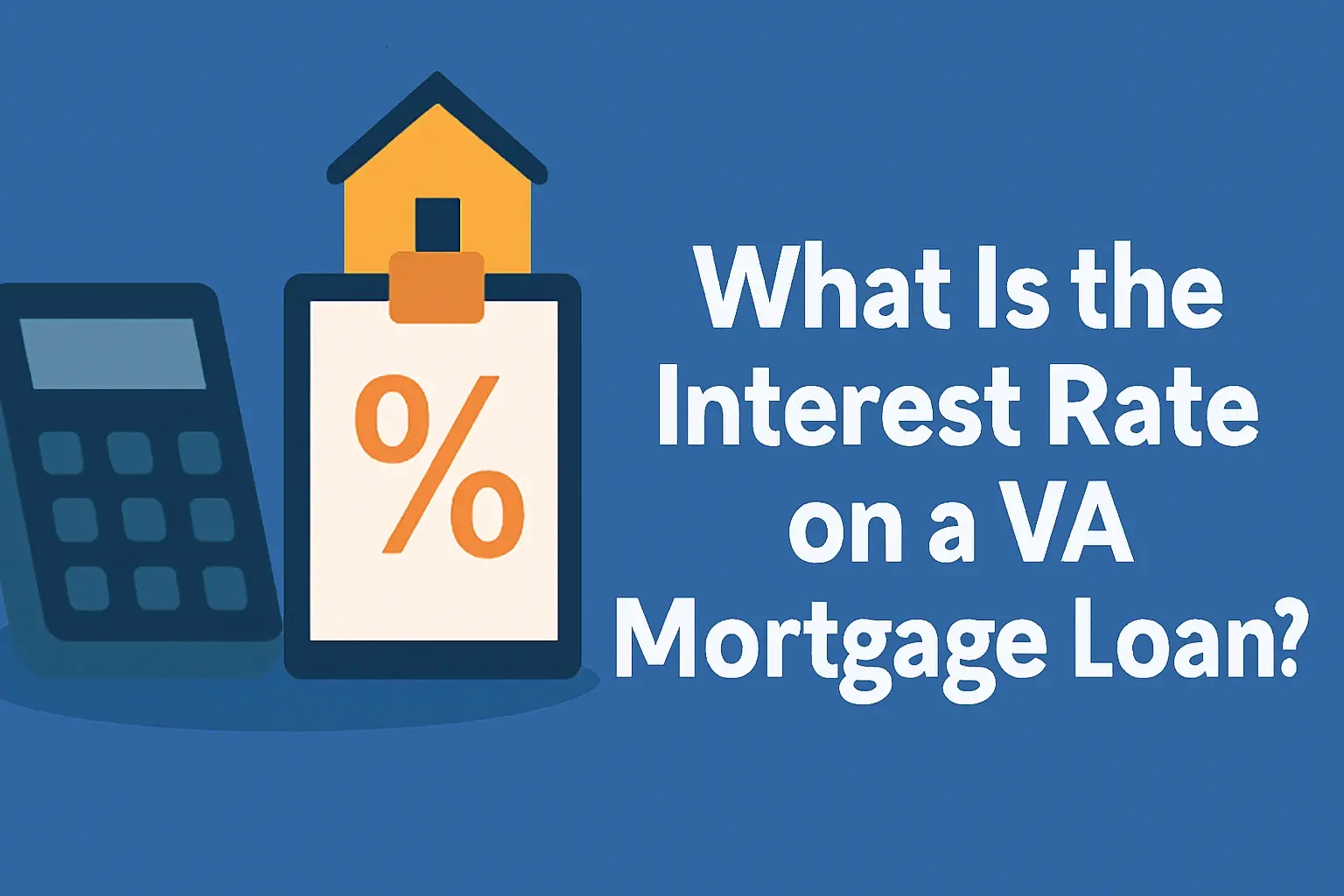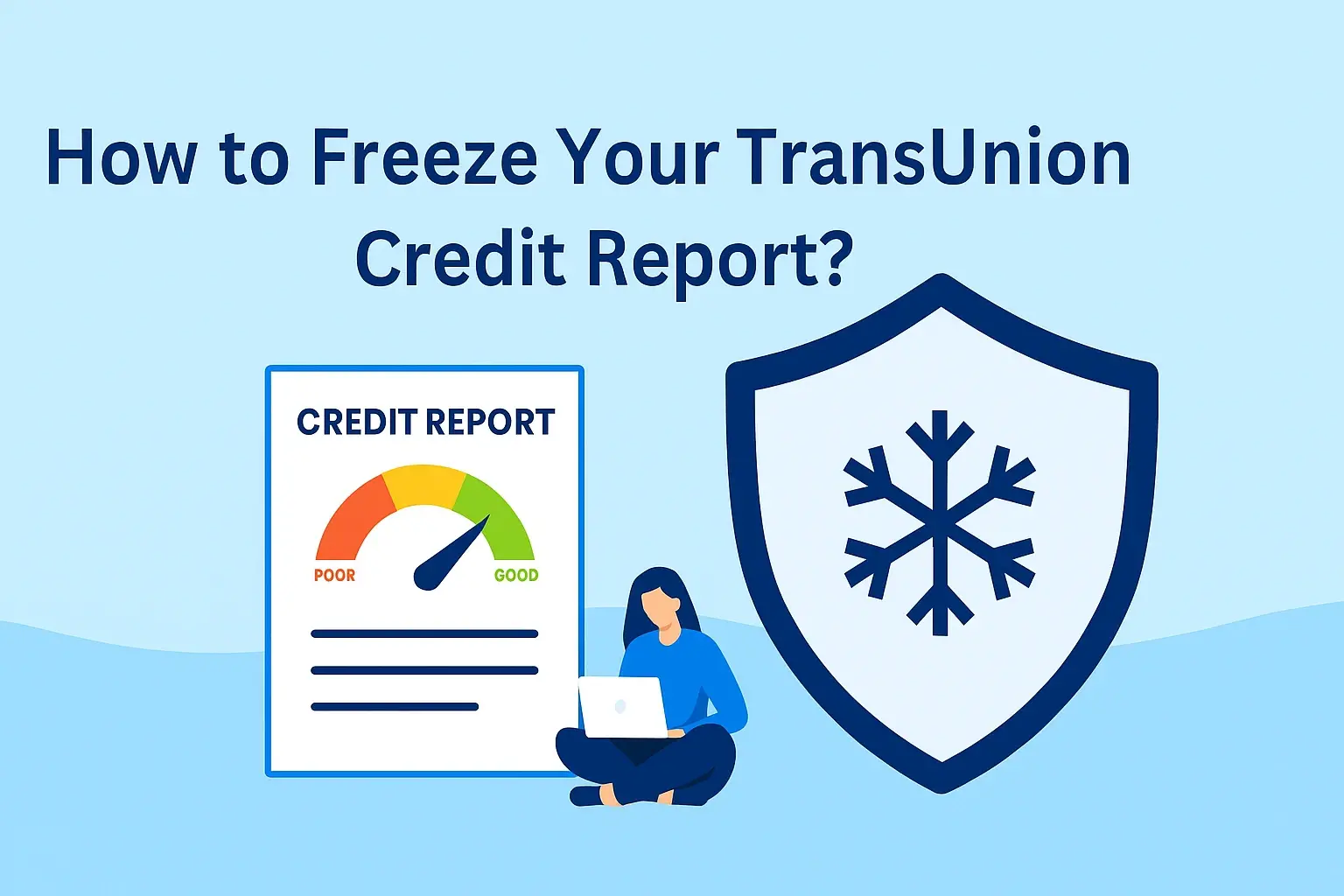-
Posted on: 21 Dec 2022

-
Understanding the credit score range is fundamental to managing your financial health. This guide breaks down what constitutes a good, bad, or excellent credit score, how these ranges impact loan approvals and interest rates, and what you can do to improve your standing. Get ready to decode your creditworthiness.
Understanding Credit Scores: The Foundation
Before diving into the specific ranges, it's crucial to grasp what a credit score represents. Essentially, a credit score is a three-digit number that lenders use to assess your creditworthiness. It's a snapshot of your credit history, predicting how likely you are to repay borrowed money. A higher score indicates a lower risk to lenders, while a lower score suggests a higher risk. This score is dynamically calculated based on information found in your credit reports, which are maintained by the three major credit bureaus: Equifax, Experian, and TransUnion. These scores are not static; they fluctuate as your financial behaviors change. Understanding this foundational concept is the first step toward mastering your financial future and navigating the complexities of borrowing.
Why Credit Scores Matter
Your credit score is more than just a number; it's a powerful financial tool that influences many aspects of your life. Lenders, landlords, insurance companies, and even some employers use it to make decisions about you. A good credit score can unlock doors to favorable loan terms, lower interest rates, easier apartment rentals, and even better insurance premiums. Conversely, a poor credit score can lead to rejections, higher costs, and limited financial opportunities. In essence, your credit score acts as a financial reputation, and maintaining a healthy one is paramount for achieving your financial goals, whether it's buying a home, purchasing a car, or simply securing a credit card with good rewards.
The Role of Credit Bureaus
The three major credit bureaus—Equifax, Experian, and TransUnion—are central to the credit scoring system. They collect and maintain vast amounts of data on consumers' credit activities, including payment history, amounts owed, length of credit history, new credit, and credit mix. This information is then used by credit scoring models, such as FICO and VantageScore, to generate your credit score. It's important to note that each bureau may have slightly different information, leading to variations in your scores across them. Regularly checking your credit reports from all three bureaus is a vital practice to ensure accuracy and identify any potential errors that could be negatively impacting your score.
The Credit Score Range Explained
The most common credit scoring models, FICO and VantageScore, generally use a range of 300 to 850. Within this broad spectrum, different numerical bands are categorized to represent varying levels of credit risk. While the exact thresholds can shift slightly between scoring models and even between different versions of the same model, the general principles remain consistent. Understanding where your score falls within this range is crucial for assessing your financial health and identifying areas for improvement. This section will delve into the typical ranges and what each segment signifies.
FICO Score Ranges
The FICO score is one of the most widely used credit scoring models. Its ranges are typically divided into several tiers, each with distinct implications for lenders and borrowers. While FICO has various industry-specific scores, the standard FICO Score 8 is most commonly referenced for general lending decisions. Here's a breakdown of the typical FICO score ranges:
- Exceptional: 800-850
- Very Good: 740-799
- Good: 670-739
- Fair: 580-669
- Poor: 300-579
It's important to note that these are general guidelines. Some lenders may have slightly different internal thresholds. For instance, a score of 740 might be considered "very good" by one lender and "good" by another, influencing the rates they offer.
VantageScore Ranges
VantageScore is another prominent credit scoring model, developed collaboratively by the three major credit bureaus. Its ranges are similar to FICO's, though the exact tier names and boundaries can differ. VantageScore also uses a 300-850 scale. Here's a common breakdown for VantageScore 4.0:
- Excellent: 781-850
- Good: 661-780
- Fair: 601-660
- Poor: 500-600
- Very Poor: 300-499
As you can see, VantageScore tends to be a bit more generous in its "Good" category compared to FICO. This means a score that might be considered "fair" by FICO could be classified as "good" by VantageScore. This is why it's beneficial to know which scoring model a lender is using.
Credit Score Tiers and What They Mean
Understanding the numerical ranges is one thing, but grasping what each tier signifies in practical terms is even more critical. These tiers directly impact your ability to access credit, the interest rates you'll pay, and the overall cost of borrowing. Let's break down what each tier generally means for your financial life.
Exceptional/Excellent Credit (800-850)
Holding a credit score in this top tier is the pinnacle of creditworthiness. Individuals with scores in this range are considered extremely low-risk borrowers by lenders. This means you'll likely qualify for virtually any loan or credit product you apply for. More importantly, you'll be offered the most competitive interest rates, saving you significant money over the life of a loan. For example, a borrower with an 800+ score might secure a mortgage with an interest rate that's a full percentage point or more lower than someone with a "good" score, translating to tens of thousands of dollars in savings over 30 years. You'll also find it easier to get approved for premium credit cards with generous rewards, higher credit limits, and often, no security deposit required for services like utilities or cell phone plans.
Very Good Credit (740-799 for FICO, 781-850 for VantageScore)
This tier is also highly desirable and signifies a strong credit history. Borrowers in this range are viewed as low-risk. You'll generally be approved for most loans and credit cards and will qualify for very favorable interest rates, though perhaps not quite as low as those with exceptional scores. For instance, you'll still be in a prime position to get the best rates on mortgages, auto loans, and personal loans. Many lenders consider this range to be the benchmark for their best offers. You'll likely be approved for premium credit cards and may receive higher credit limits than those in lower tiers. This is a very healthy financial position to be in.
Good Credit (670-739 for FICO, 661-780 for VantageScore)
This is a solid credit score range that many consumers aim for. While not the absolute best, a "good" credit score still opens many doors. You'll likely be approved for most standard loans and credit cards. However, the interest rates you're offered might be slightly higher than those in the "very good" or "exceptional" tiers. For example, on a $300,000 mortgage, the difference in monthly payments between a 6.5% interest rate (typical for "good" credit) and a 6.0% rate (typical for "very good" credit) can be several hundred dollars. You might also face some limitations on the most premium credit cards or may need to provide a security deposit for certain services. Despite this, it represents a responsible financial history and is a good foundation to build upon.
Fair Credit (580-669 for FICO, 601-660 for VantageScore)
Falling into the "fair" credit range indicates that lenders perceive a moderate level of risk. While you may still be approved for credit, it will likely come with higher interest rates and potentially lower credit limits. For example, an auto loan for someone with fair credit could have an interest rate that's several percentage points higher than for someone with good credit, significantly increasing the total cost of the vehicle. You might also be denied for certain types of loans or credit cards, or you may need to consider options like secured credit cards or loans requiring a co-signer. Improving your score from this range is often a primary financial goal for many individuals.
Poor Credit (300-579 for FICO, 300-499 for VantageScore)
A credit score in the "poor" or "very poor" range signals to lenders that you represent a significant risk. Approval for new credit will be difficult, and if you are approved, it will likely come with very high interest rates, substantial fees, and strict terms. You may also be required to provide a large security deposit for utilities, cell phone plans, or even rental applications. Lenders are often hesitant to extend credit to individuals in this category due to past credit issues, such as late payments, defaults, or bankruptcies. The focus for individuals in this range should be on rebuilding credit through responsible financial habits.
Factors Influencing Your Credit Score
Your credit score isn't a mystical number; it's a direct reflection of your financial behavior over time. Several key factors contribute to its calculation, and understanding these elements is crucial for effective credit management. By focusing on these areas, you can actively work towards improving your score and maintaining a healthy financial profile. These factors are weighted differently by scoring models, but each plays a significant role.
Payment History (35% of FICO Score)
This is the single most important factor influencing your credit score. It reflects whether you pay your bills on time. Late payments, missed payments, defaults, and bankruptcies can severely damage your score. Even a single 30-day late payment can have a negative impact, and the longer the delinquency, the more severe the consequence. Conversely, consistently paying all your bills on time, every time, is the most effective way to build and maintain a strong credit score. This includes credit cards, loans, mortgages, and even rent payments if they are reported to the credit bureaus.
Amounts Owed / Credit Utilization (30% of FICO Score)
This factor looks at how much credit you are using relative to your total available credit. This is known as your credit utilization ratio. Keeping this ratio low is critical. Ideally, you should aim to use no more than 30% of your available credit on each credit card and overall. For example, if you have a credit card with a $10,000 limit, keeping your balance below $3,000 is recommended. A high credit utilization ratio suggests that you may be overextended and are a higher risk to lenders. Paying down balances and avoiding maxing out credit cards are key strategies to improve this aspect of your score.
Length of Credit History (15% of FICO Score)
This factor considers the age of your oldest credit account, the age of your newest credit account, and the average age of all your accounts. A longer credit history generally indicates more experience managing credit, which is viewed favorably by lenders. This means that closing old, unused credit accounts, especially those with a long positive history, can sometimes negatively impact your score by reducing the average age of your accounts. It's often better to keep these accounts open and in good standing, even if you don't use them frequently.
Credit Mix (10% of FICO Score)
This factor looks at the variety of credit accounts you have, such as credit cards (revolving credit) and installment loans (like mortgages or auto loans). Having a mix of different credit types can be beneficial, as it shows you can manage various forms of credit responsibly. However, this factor is less impactful than payment history or credit utilization. It's not advisable to open new types of credit accounts solely to improve your credit mix if you don't genuinely need them, as this can sometimes lead to multiple hard inquiries and a slight temporary dip in your score.
New Credit (10% of FICO Score)
This factor considers how many new credit accounts you've opened and how many hard inquiries you have on your credit report. Opening several new accounts in a short period can signal to lenders that you might be experiencing financial distress or are taking on too much debt. Each time you apply for credit, a lender may perform a "hard inquiry" on your credit report, which can slightly lower your score temporarily. While rate shopping for specific types of loans (like mortgages or auto loans) within a short period (typically 14-45 days, depending on the scoring model) is usually treated as a single inquiry, applying for multiple credit cards or other loans sporadically can have a more noticeable negative effect.
How Credit Scores Affect Loan Approvals and Rates
The direct correlation between your credit score and your ability to secure loans, as well as the cost of those loans, cannot be overstated. Lenders use your credit score as a primary tool to assess risk. A higher score translates to lower perceived risk, which benefits you in several ways. Conversely, a lower score signifies higher risk, leading to less favorable outcomes.
Loan Approval Likelihood
Your credit score is often the first hurdle in the loan application process. For borrowers with excellent credit (e.g., 760+), approval for most loans, including mortgages, auto loans, and personal loans, is highly probable. Lenders are eager to do business with individuals they believe will repay their debts reliably. As your score drops, so does your likelihood of approval. Those with fair or poor credit may find it difficult to get approved for traditional loans and might have to resort to subprime lenders, which come with significantly higher costs and stricter terms. Some lenders have strict minimum score requirements for certain loan products. For example, a prime mortgage might require a score of 620 or higher, while a jumbo loan could demand 700+.
Interest Rates and Total Cost of Borrowing
This is where the impact of your credit score becomes most tangible in terms of dollars and cents. Lenders offer lower interest rates to borrowers with higher credit scores because they are considered less likely to default. Conversely, higher interest rates are charged to borrowers with lower scores to compensate the lender for the increased risk. The difference can be substantial over the life of a loan.
Example: Auto Loan Comparison (2025 Data)
Credit Score Range Average Interest Rate (Auto Loan) Monthly Payment (on $30,000 loan, 60 months) Total Interest Paid Excellent (800+) 4.5% $566 $3,960 Good (670-739) 6.8% $596 $5,760 Fair (580-669) 10.5% $646 $8,760 Poor (300-579) 16.0% $727 $13,620 As this table illustrates, a borrower with excellent credit could save over $9,600 in interest on a $30,000 auto loan compared to someone with poor credit. This highlights the significant financial advantage of maintaining a good credit score.
Credit Limits and Terms
Beyond interest rates, your credit score also influences the credit limits offered on credit cards and loans, as well as other loan terms. Individuals with higher scores are typically offered higher credit limits, providing greater purchasing power and flexibility. They may also qualify for loans with longer repayment terms or more favorable conditions, such as lower fees or no prepayment penalties. Conversely, those with lower scores might receive lower credit limits, making it harder to manage large expenses, and may face stricter repayment terms or additional fees.
Improving Your Credit Score
If your credit score isn't where you'd like it to be, don't despair. Improving your credit score is a journey, not a destination, and it's achievable with consistent effort and smart financial practices. By focusing on the key factors that influence your score, you can systematically work towards a healthier credit profile. Here are actionable steps you can take:
1. Pay All Bills On Time, Every Time
As mentioned, payment history is the most critical factor. Make it a priority to pay at least the minimum amount due on all your credit accounts by the due date. Set up automatic payments or calendar reminders to avoid missing deadlines. If you've missed payments in the past, focus on getting current and staying current. Even a single missed payment can have a significant negative impact, so vigilance is key.
2. Reduce Your Credit Utilization Ratio
Aim to keep your credit utilization below 30% on each card and overall. If you have high balances, focus on paying them down. Consider making multiple payments throughout the month to keep the reported balance lower. If possible, ask for a credit limit increase on existing cards (this may result in a hard inquiry, so be mindful). A lower utilization ratio signals to lenders that you are not over-reliant on credit.
3. Dispute Errors on Your Credit Reports
Mistakes happen. Obtain copies of your credit reports from Equifax, Experian, and TransUnion (you can get them for free annually at AnnualCreditReport.com). Review them carefully for any inaccuracies, such as accounts you don't recognize, incorrect payment statuses, or wrong personal information. If you find errors, dispute them with the credit bureau and the creditor. Removing inaccuracies can sometimes lead to a significant score increase.
4. Avoid Opening Too Many New Accounts at Once
While opening new credit can be beneficial for credit mix and history length, doing so excessively in a short period can harm your score. Only apply for credit when you genuinely need it. If you are shopping for a specific type of loan, try to do so within a compressed timeframe to minimize the impact of hard inquiries.
5. Keep Old Accounts Open
As long as they don't have annual fees you can't justify or a history of negative activity, keeping older credit accounts open can benefit the length of your credit history and your overall credit utilization ratio. Closing old accounts can shorten your average account age and increase your utilization ratio if you have balances on other cards.
6. Consider a Secured Credit Card or Credit-Builder Loan
If you have a very low credit score or no credit history, these tools can be invaluable. A secured credit card requires a cash deposit that typically becomes your credit limit. Using it responsibly and paying on time can help build positive credit history. A credit-builder loan works similarly, where the loan amount is held in an account and released to you after you've made all the payments, demonstrating your ability to repay.
Credit Score Differences Across Bureaus and Models
It's a common misconception that everyone has just one credit score. In reality, you have multiple credit scores, and they can vary significantly. This variation stems from differences in how credit bureaus collect data and how different scoring models interpret that data. Understanding these nuances is important for a complete picture of your credit health.
Variations Between Credit Bureaus
Equifax, Experian, and TransUnion are independent entities. While they aim to collect similar credit information, there can be discrepancies in the data they hold for you. For example:
- A particular debt collection account might be reported to one bureau but not another.
- There might be a slight delay in reporting new account information or payment updates to one bureau versus the others.
- Errors can exist on one report but not the others.
Because lenders pull credit reports from one or more of these bureaus, your score can differ depending on which report is used. This is why it's essential to check your credit reports from all three bureaus periodically.
Differences Between FICO and VantageScore
As discussed earlier, FICO and VantageScore are the two dominant scoring models. While they share many similarities in their core calculations, they have key differences:
- Historical Data: VantageScore often uses more recent credit history, whereas FICO can incorporate older data more heavily.
- Tier Definitions: The exact numerical ranges for each credit tier (e.g., "Good," "Fair") differ between the models, as seen in the previous sections.
- Newer Versions: Both FICO and VantageScore release updated versions of their scoring models (e.g., FICO Score 9, FICO Score 10, VantageScore 4.0). Newer versions may weigh certain factors differently or ignore others (like medical debt in some newer FICO versions).
- Scoring Thresholds: VantageScore may assign a score to individuals with less credit history (e.g., as little as one month of history and one tradeline), while FICO typically requires a longer history (e.g., at least six months).
When a lender states they use a "FICO score," they might be referring to a specific version (like FICO Score 8) or an industry-specific FICO score (e.g., FICO Auto Score). Similarly, a lender might use a specific VantageScore version. This is why it's not uncommon to have several different credit scores, all technically "correct" based on the data and model used.
What This Means for You
Given these variations, it's important to understand which score a lender is using when they review your application. Many credit card issuers and free credit monitoring services provide FICO or VantageScore scores to their customers. While these are valuable tools for tracking your progress, remember they are estimates. The score a lender pulls might be slightly different. The best approach is to focus on the underlying factors that influence all scores: paying bills on time, keeping balances low, and managing your credit responsibly. Improving these fundamentals will generally lead to better scores across all models and bureaus.
Frequently Asked Questions About Credit Score Ranges
Navigating the world of credit scores can be complex. Here are answers to some common questions about credit score ranges that consumers frequently ask.
Q1: What is considered a "good" credit score range in 2025?
In 2025, a "good" credit score generally falls between 670 and 739 according to the FICO scoring model, and between 661 and 780 according to VantageScore. While this range indicates responsible credit management, scores in the "very good" or "excellent" tiers will still qualify you for the most favorable interest rates and terms.
Q2: Can my credit score be below 300?
Yes, the lowest possible credit score according to both FICO and VantageScore is 300. Scores in the 300-500 range are considered "poor" or "very poor" and indicate significant risk to lenders, often resulting from severe credit issues like defaults, bankruptcies, or extensive delinquencies.
Q3: How often should I check my credit score?
It's advisable to check your credit score regularly, at least every few months, and especially before applying for major credit, such as a mortgage or auto loan. Many credit card companies and financial institutions offer free access to your FICO or VantageScore. You are also entitled to a free copy of your full credit reports from Equifax, Experian, and TransUnion once every 12 months at AnnualCreditReport.com.
Q4: Does a low credit score mean I can't get a loan?
Not necessarily. While a low credit score makes loan approval more challenging and expensive, it doesn't automatically mean you can't get a loan. You might qualify for loans with higher interest rates, lower credit limits, or those specifically designed for individuals with less-than-perfect credit, such as secured loans or loans requiring a co-signer. Your focus should be on improving your score to access better terms.
Q5: How long does it take to improve a credit score?
The time it takes to improve a credit score varies greatly depending on your starting point and the actions you take. Consistent positive behavior, such as paying bills on time and reducing debt, can start to show improvements within a few months. However, significant changes, especially those related to removing negative marks like late payments or collections, can take longer. Major negative events like bankruptcies can remain on your report for up to 10 years, though their impact diminishes over time. Rebuilding credit is a marathon, not a sprint.
Conclusion
Understanding the credit score range is not just about knowing numbers; it's about understanding your financial power and potential. From the 300-850 scale, we've seen how scores are segmented into tiers—poor, fair, good, very good, and excellent—each carrying distinct implications for loan approvals, interest rates, and overall financial opportunities. In 2025, maintaining a score in the "good" to "excellent" range is crucial for securing the best financial products and saving thousands of dollars over time. Remember, your credit score is a dynamic reflection of your financial habits, heavily influenced by payment history, credit utilization, credit history length, credit mix, and new credit. By diligently paying bills on time, keeping credit utilization low, and monitoring your credit reports for errors, you can actively improve your score. Don't let a low score hold you back; focus on consistent, responsible financial behavior to build a strong credit future.










